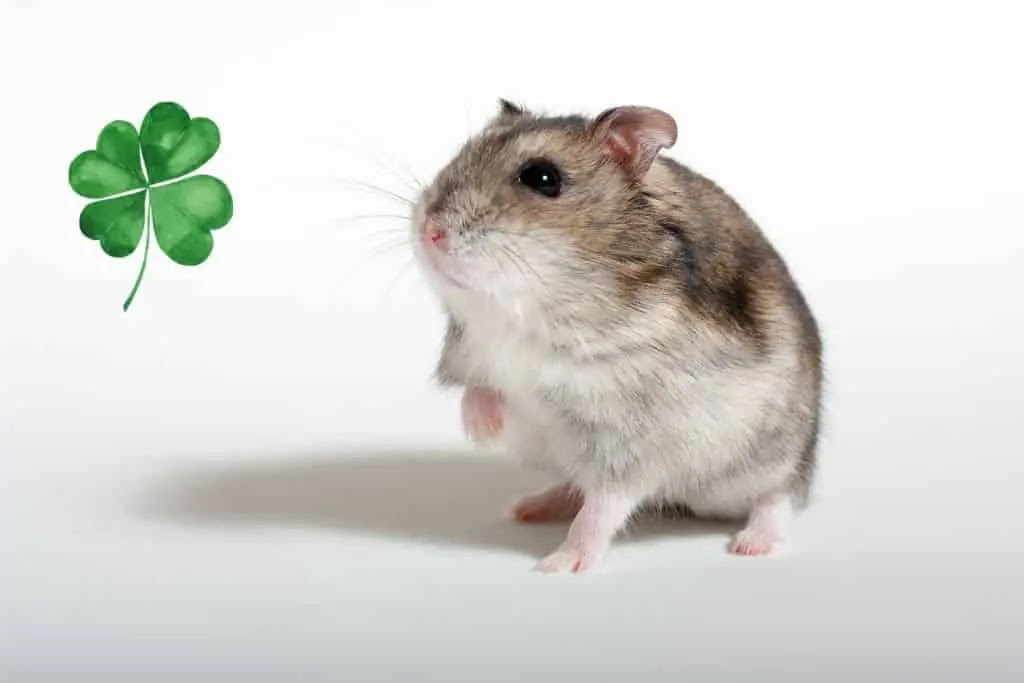Can Hamsters Have Peppermint? Benefits, Risks, and Feeding Tips
Wondering about introducing peppermint to your hamster's diet? This article explores the advantages, potential risks, and helpful tips for safely incorporating peppermint into your hamster's treats.

Can Hamsters Have Peppermint?
Certainly! Hamsters can indulge in small amounts of peppermint occasionally. Peppermint is not only flavorful but also provides essential vitamins and aids in digestion. However, due to its menthol content, moderation is crucial to prevent potential health issues.
Introducing Peppermint
Peppermint, a hybrid mint known for its menthol flavor, contains vital components such as menthol, menthone, and methyl acetate. Loaded with manganese, vitamin A, folate, calcium, potassium, and vitamin C, peppermint offers nutritional benefits for your hamster.
Peppermint Provides:
- Menthol
- Manganese
- Vitamin A
- Vitamin C
- Potassium
Can Hamsters Have Peppermint?
Absolutely! Hamsters can consume peppermint in very small quantities. While it offers nutritional value and aids digestion, the presence of menthol necessitates cautious feeding. Limit peppermint to 1-2 times weekly, in tiny amounts, and introduce it slowly over 7-10 days while monitoring for any signs of sensitivity.
Benefits of Peppermint for Hamsters
Feeding hamsters peppermint sparingly can bring various benefits:
- Encourages chewing, promoting dental health
- Vitamin A supports eye health
- Vitamin C boosts the immune system
- Manganese aids bone health and metabolism
- Aids digestion and soothes mild stomach upset
- Enhances a healthy coat due to mint oils
Risks of Feeding Peppermint to Hamsters
Despite its benefits, peppermint poses certain risks:
- Menthol toxicity leading to seizures and liver damage
- Peppermint oil may irritate the skin and respiratory tract
- Potential exacerbation of conditions like GERD or ulcers
- High menthol doses can impair movement and breathing
- Interaction with certain medications and health conditions
Symptoms of Peppermint Poisoning in Hamsters
Watch for signs of peppermint poisoning, including:
- Lethargy and reduced activity
- Difficulty breathing
- Impaired or loss of movement control
- Red or irritated skin, eyes, nose
- Drooling or diarrhea
- Seizures
- Liver dysfunction
How Much Peppermint Can Hamsters Have?
Offer only tiny amounts of peppermint approximately 1-2 times per week. Recommended dosages based on hamster types are:
- Dwarf hamsters: 1/8 inch piece weekly
- Syrian hamsters: 1/4 inch piece weekly
Limit peppermint to a once or twice weekly treat, making up no more than 10% of your hamster’s total food intake to prevent menthol toxicity.
Alternatives and Supplements
Consider safer alternatives and supplements to peppermint for hamsters:
- Dill: Promotes digestion
- Basil: Freshens breath
- Chamomile: Provides B-vitamins
- Carrots: High in vitamin A
- Green beans: Contains vitamin C
- Timothy hay: Provides fiber
Explore trusted hamster food brands such as Oxbow, Supreme, Kaytee, Brown’s Tropical Carnival, and Vitakraft for a well-rounded and nutritious diet for your furry friend.


Nhận xét
Đăng nhận xét